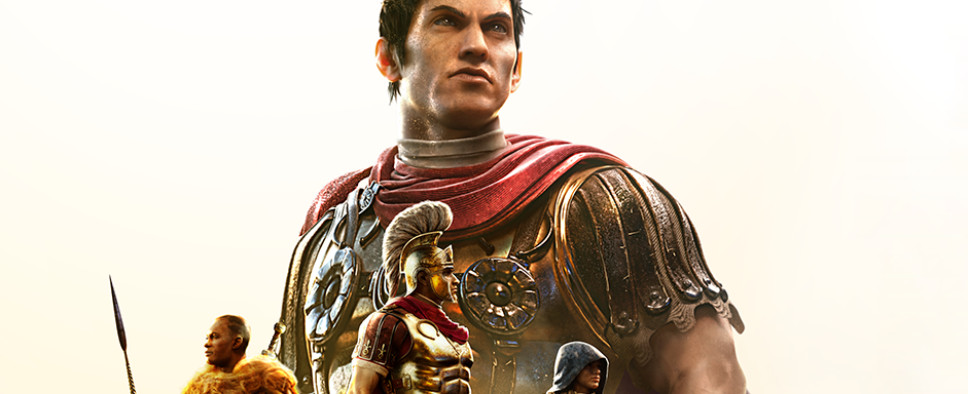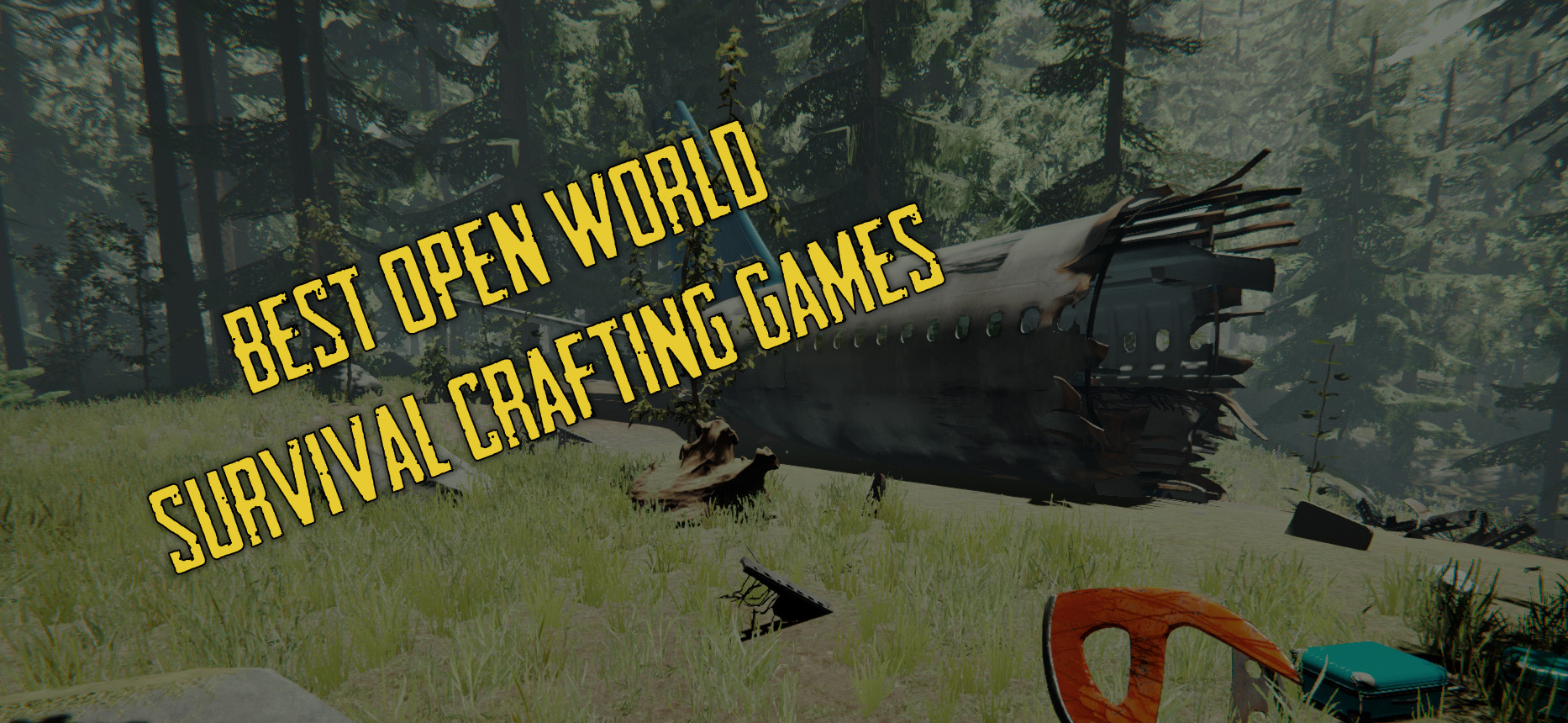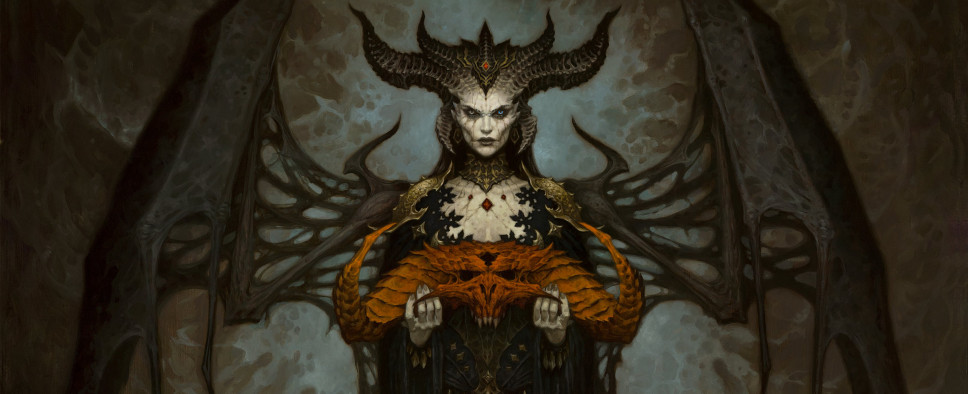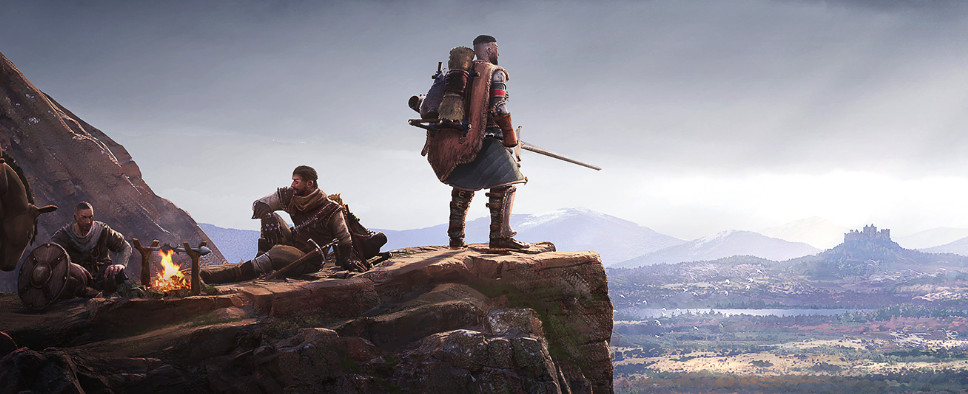But before we get to that, here’s a quick trailer showcasing the game’s Gaul and Africa regions:
Ave, and welcome to our lucky 13th DevDiary. It’s been a very big week for us since diary 12 just last week – you’ll notice the schedule has sped up now that we’re getting closer to release. The Christmas break will put the brakes on that for a few weeks, but we wanted to be sure to get one more DevDiary out before the holidays seeing as how we just released our public demo of Expeditions: Rome.
That’s right! If you haven’t already, you should immediately proceed over to Steam to download our demo and give the game a spin. It’s a frankly huge demo, letting you play the first 4-6 hours of the game – just enough to get you out of the tutorial and through 6-7 combat encounters, meet the main cast, get a glimpse at the outpost upgrades and customisation, and even try a legion battle. If you like it all, there is a handy Buy Now button for pre-ordering the game right there in the main menu.
This isn’t an ad break though, so let’s get to today’s topic: level design. Or as we call it: world-building. Why the distinction? To us, the physical space that you get to visit in our games must feel like a real place where people live. It’s important to us that every level/instance/map/area/location feels hand-crafted and lovingly filled with personality and story. This can sometimes be at odds with the need to make our levels facilitate tactically interesting combat, but in Expeditions: Rome we hope we’ve mastered that challenge.
In Expeditions, every new level begins with a narrative context. Even a random encounter level or a purely combat-focused so-called “pacification quest” level will have some snippet of story associated with it that helps guide the creativity of the world builder. This isn’t just about placing the level geographically so the environment artists will know what kind of nature or architecture to sculpt. At the earliest stage it’s just as much about creating a feeling in the player. A bustling overpopulated metropolis on the banks of the Nile will need a very different layout than a small quiet fishing village on the coast of the Sea of Marmara.
This nebulous yet crucial idea of “feel” will also inform the combat design in important ways. Overwhelming the player with the size and freedom of choice of a wide-open battlefield, or making them feel claustrophobic and limited in a smaller room, are important ways to sell the fantasy of a particular scene. A mix of open spaces with narrow corridors and chokepoints creates variation between encounters and gives the player a choice of fighting somewhere that fits their tactical play style.
No design choice is purely about gameplay in a game as story-driven as Rome, but the gameplay is generally the most important aspect of level design. Pathing choices is one of the driving factors when setting up an encounter area: by placing small islands of obstacles in an open space, we create smaller paths that lead to the same area. When faced with multiple paths, the player begins to think about why they should go left or right. That choice can be based on enemy positioning, what cover is provided along either path, or if one path is slightly longer than the other. Conversely, an open space gives the player more freedom to manoeuvre around enemies, but also makes it more difficult to control enemy movement and positioning.
Height differences have also been a huge focus for us this time around. Encounters in Expeditions: Viking usually took place on flat planes, and several mechanics in the game were designed around that relatively 2-dimensional landscape. In Rome, we wanted to use elevation better, which involved redesigning ranged attacks to use a real line-of-sight check and giving archers a bonus to their range from high ground. The most important piece of that puzzle was to make sure the levels themselves offered high ground and permitted vertical movement.
Designing levels with plenty of vertical elements such as cliffs or scaffolds creates a height difference that separates hexes from each other by their edges instead of needing to place an empty hex between them. This is another, different form of pathing choice. A landscape with a lot of verticality will block the player’s vision and occasionally force the player to rotate the camera to see the encounter area from a different angle, which gives the player new ideas for how they could approach a problem they’re trying to solve.
We also added new ways to traverse those new obstacles, in the form of ladders and jump points. Using a ladder as a shortcut while another character flanks around makes you feel smart, as does spotting a jump point to get quickly from an elevated platform to a lower position. Not only does jumping off a cliff look and feel cool, it connects the different paths of an encounter area in interesting ways since you can typically only jump in one direction (thanks gravity).
Traversal isn’t the only way to interact with the environment, however. We’ve also implemented a host of new combat objects to use during an encounter. Many combat objects allow you to pick up tactical items just until the end of combat, such as torches from a bonfire, water from a well, or bandages from a medicine box. Other objects can change the battlefield if damaged, such as oil jars which can make someone’s day a lot worse if targeted with a fire arrow.
As described in previous DevDiaries, we’re extremely proud of our combat system, our character classes, our weapon skills, and all the other mechanics and features that underpin the tactical puzzle of combat in Expeditions: Rome. But all that work would have been all but wasted without the carefully hand-crafted combat encounters and the incredible attention to detail in our level design in general. To finish this diary, let’s look at how all these considerations come into play in a particular encounter: the Lion Hunters of Memphis.
The context of this fight is simple: the temple of the cat-headed goddess Ubaste has asked you to free a small pride of lions that have been captured and brought into Memphis for use in the arena. The lions are held in cages in a compound used by the hunters that caught them. The compound is a group of buildings surrounding a courtyard that forms the combat area, though it also spills out into the surrounding streets. The intention here is to create a sense that you’re breaching a guarded compound like some kind of SWAT team of antiquity.
To this end, the compound has three entrances, and your preparation area at the beginning of the fight will depend on which door you enter through. Because hunters and bows are tightly connected, the lion hunters have four archers, which are posted on the rooftops of four different buildings to give them height advantage. Because they can see almost every part of the encounter area from up there, the player will want to remove them from the fight as early as possible, but may be forced to split up their praetorians to achieve this, which could put them at great risk.
The enemies that start in the courtyard are mostly militia, but with two Light Infantry characters thrown in – these are fragile but mobile high-damage dealers. Prioritising whether to lock down the archers or neutralise those light infantrymen first is an interesting tactical choice, and the difficulty of either option varies hugely based on the class composition of your own party as well as which entry point you chose.
What makes this fight particularly exciting is how it evolves over time. Two more light infantrymen are positioned around the back of the large building, at such a distance to the courtyard that they will tend to arrive 2-3 turns into the fight, which may force the player to reposition. Even more threatening, two pairs of Egyptian soldiers are standing down the street on either side of the compound. When the fight breaks out, nearby civilians will run to alert them. These are much more formidable foes, two of them wielding shields, and they will join the fight a few turns after those two light infantrymen.
As a final wrinkle, several interactive combat objects are placed in the encounter area: a well in the middle of the courtyard offers water jugs, a barrel of javelins await on a rooftop, and a crate of oil jars sits beside a box of bandages around the back of the building. The enemies can make use of these items just as well as you can, so controlling access to them can be vital on higher difficulties.
Hopefully you can see how the layout and enemy placement and behaviour in this fight create a sense that you are raiding a guarded compound in the middle of a well populated city with close rooftops, innocent civilians, and dutiful soldiers on standby to join the fray. It’s a complex and dangerous situation.
Contrast this with a different encounter from later in the game, where you attack the command position of the Helvetii chieftain Orgetorix during a battle. Here, your team is starting at the bottom of a wooded hill and forced to fight your way up through Orgetorix’s warriors to engage your target. The elevation serves a very different purpose here, and though you don’t start surrounded and the enemy gets no reinforcements, you are still at a disadvantage – most often in Expeditions: Rome, as in life, the tactical advantage must be won, it is not given freely. This too is a complex and sprawling battlefield with many interesting options and even a choice of how to achieve victory, and thanks to clever level design that has kept the narrative context in mind right from the start, it feels very different to play.
But don’t take our word for it. Head on over to Steam and download the Expeditions: Rome public demo. The 7 combat encounters included there should easily be enough to showcase the variety of our gameplay. When you’ve completed the demo, you’ll be well equipped to come and ask us incisive questions or just hang out in our final DevStream of this year, this Wednesday December 22nd on http://twitch.tv/thqnordic at 1:00 PM Eastern / 6:00 PM GMT. Senior Producer Brad Logston and Creative Director Jonas Wæver and Combat Designer Hans Emil Hoppe Rauer will discuss the intricacies of level design and hand-crafting turn-based combat encounters.
Until then, Valete!





